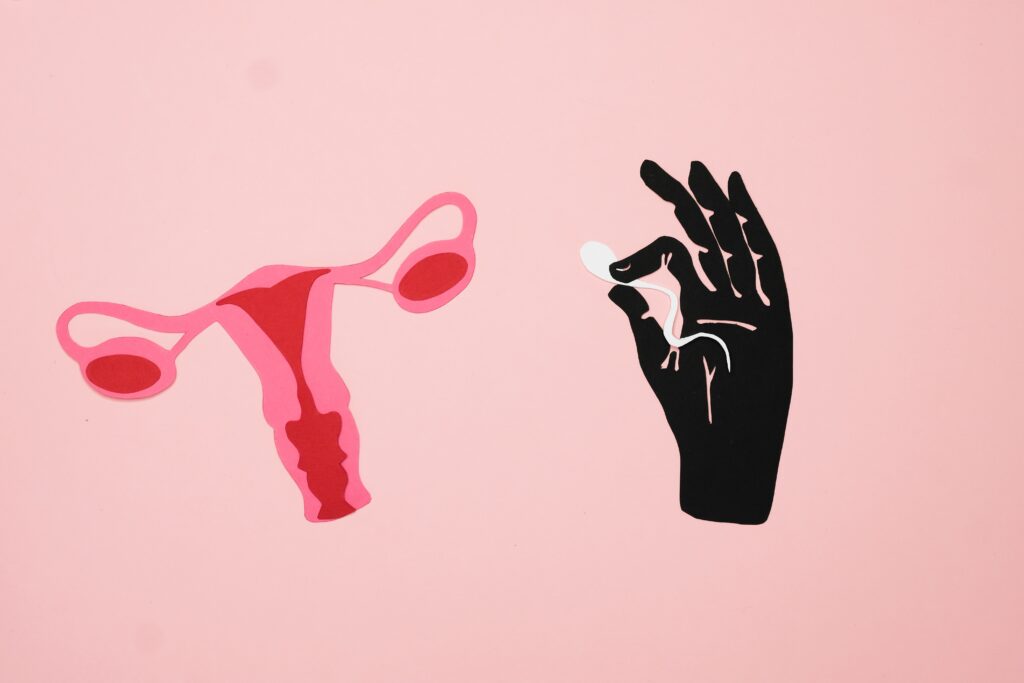
How Does In Vitro Fertilization (IVF) Work?
In vitro fertilisation (IVF) has been a ground-breaking option for infertility-stricken couples in recent years. The field of reproductive medicine has undergone a transformation thanks to assisted reproductive technology, which gives those desiring to start or grow their families new hope and opportunities. We are going to dive into the intriguing world of IVF in this blog article, examining its procedure and giving light on how it works.
Understanding IVF:
IVF, also known as in vitro fertilization, involves the fertilization of eggs with sperm outside the body in a laboratory setting. The procedure encompasses several essential steps, and each one plays a crucial role in increasing the chances of a successful pregnancy.
1. Ovarian Stimulation:
The IVF process begins with ovarian stimulation, where the woman receives fertility medications to stimulate her ovaries. This helps produce multiple eggs, as opposed to the single egg that typically matures each menstrual cycle.
2. Egg Retrieval:
Once the eggs are fully developed, a quick surgical procedure known as follicular aspiration is used to remove them. A fertility doctor uses a tiny needle to collect the eggs while being guided by the use of ultrasound to minimise the woman’s discomfort.
3. Sperm Collection:
At the same time, the male partner provides a semen sample, which is then processed in the laboratory to separate the healthiest and most active sperm for fertilization.
4. Fertilization:
There are two common methods of fertilization in IVF: conventional IVF and Intracytoplasmic Sperm Injection (ICSI). In conventional IVF, the eggs and sperm are placed together in a petri dish, allowing natural fertilization to occur. In contrast, ICSI involves the injection of a single sperm directly into each mature egg, enhancing the chances of successful fertilization.
5. Embryo Culture:
The resultant embryos are carefully cultivated in a lab incubator after fertilization to give them the best environment possible for growing. The embryos are extensively watched throughout this stage in order to measure their quality and progress.
6. Embryo Transfer:
Once the embryos have reached the appropriate stage of development, they are transferred into the woman’s uterus. This procedure is relatively quick and painless, similar to a regular gynecological exam. The number of embryos transferred is determined based on various factors, including the woman’s age and the quality of the embryos.
7. Pregnancy Confirmation:
Following the embryo transfer, a waiting period ensues, during which the woman can take a pregnancy test to determine if the IVF procedure was successful. If the test indicates a positive result, it marks the beginning of an exciting journey towards parenthood.
Conclusion:
In vitro fertilization (IVF) has opened doors for countless individuals and couples facing infertility challenges. By harnessing advanced reproductive technologies, IVF offers hope and the possibility of fulfilling the dream of having a baby. Understanding the IVF process, from ovarian stimulation to embryo transfer, allows individuals to make informed decisions and embark on this transformative journey with confidence.
Always keep in mind that each IVF experience is unique, and speaking with a fertility specialist is essential for individualised advice and support during the procedure. IVF is continually improving because to developments in medical research, bringing hope to people looking to start or grow their families.
FAQ's
In Vitro Fertilization (IVF) is an assisted reproductive technology that involves the fertilization of eggs with sperm outside the body in a laboratory setting.
IVF can benefit couples and individuals facing various fertility issues, including fallopian tube damage, ovulation disorders, low sperm count, endometriosis, and unexplained infertility.
The IVF process typically starts with ovarian stimulation, where the woman receives fertility medications to stimulate her ovaries to produce multiple eggs.
Egg retrieval is a minor surgical procedure where a fertility specialist retrieves the mature eggs from the woman’s ovaries using a thin needle. This procedure is usually performed under sedation or anesthesia.
The male partner provides a semen sample, which is processed in the laboratory to separate the healthiest and most active sperm for fertilization.
